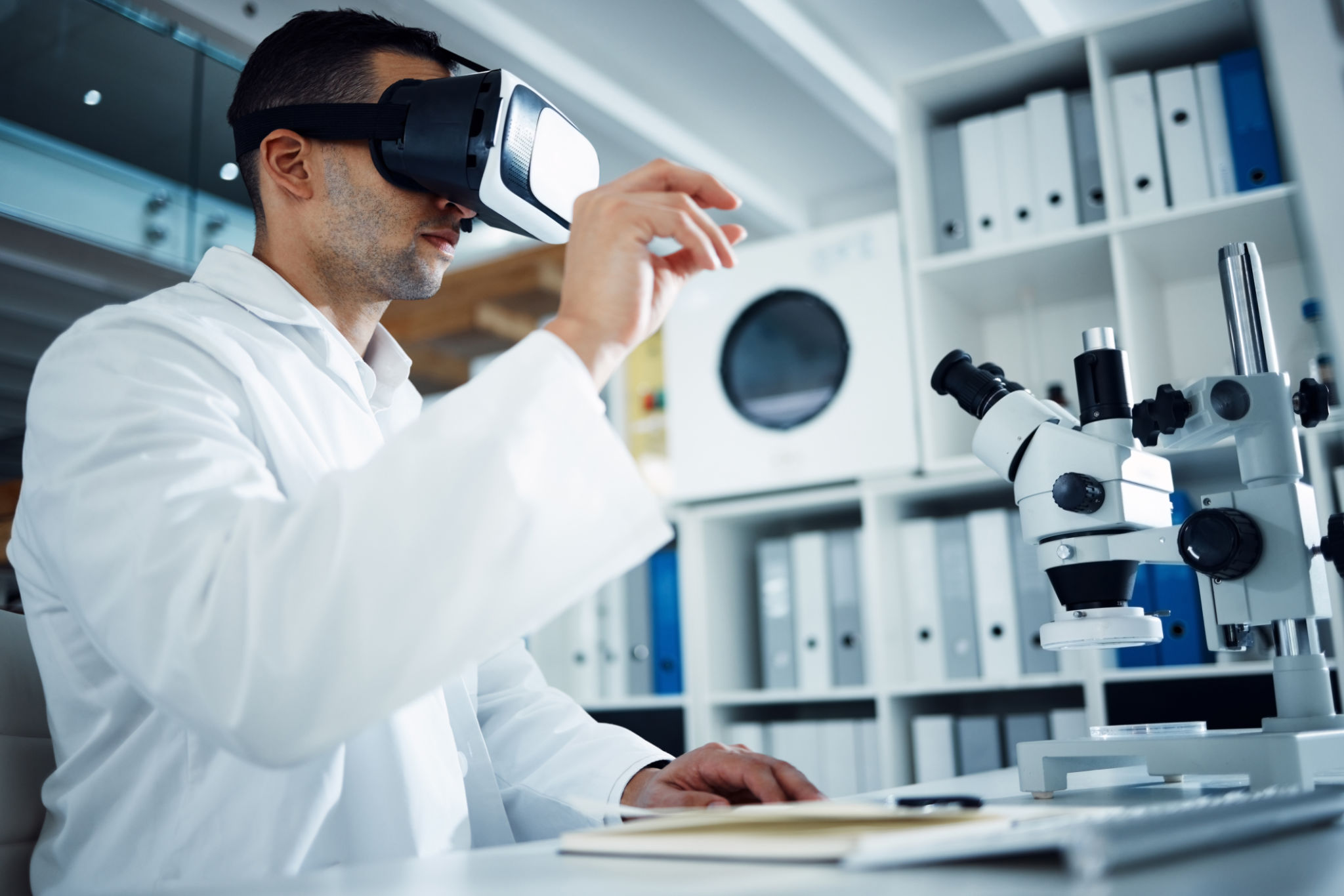The Future of Digital Health: Trends in Remote Patient Monitoring
The Evolution of Remote Patient Monitoring
In recent years, the healthcare sector has witnessed a significant transformation fueled by technological advancements. Among these innovations, remote patient monitoring (RPM) has emerged as a cornerstone in the digital health landscape. This technology allows healthcare providers to monitor patients' health data in real-time, offering a more proactive approach to medical care.

Remote patient monitoring is not just about tracking vital signs; it encompasses a wide range of health metrics that can be measured from the comfort of a patient's home. This shift from traditional in-person consultations to virtual monitoring is reshaping how healthcare is delivered, making it more accessible and efficient.
Key Trends Shaping Remote Patient Monitoring
Integration of Artificial Intelligence
The integration of artificial intelligence (AI) into remote patient monitoring systems is revolutionizing how data is analyzed and interpreted. AI algorithms can process vast amounts of health data, providing insights that were previously unattainable. This capability allows for early detection of potential health issues, enabling timely intervention.

AI-driven RPM systems can also personalize healthcare plans based on individual needs and historical data. This personalization improves patient outcomes by delivering targeted interventions and reducing unnecessary hospital visits.
Wearable Technology Advancements
Wearable technology continues to play a pivotal role in remote patient monitoring. Devices such as smartwatches and fitness trackers have evolved to monitor various health parameters, including heart rate, oxygen levels, and sleep patterns. These wearables are becoming more sophisticated, offering better accuracy and more comprehensive health insights.
- Continuous glucose monitoring for diabetic patients.
- Advanced cardiac monitoring for heart disease patients.
- Real-time respiratory monitoring for patients with chronic pulmonary conditions.
Challenges and Opportunities
Data Security Concerns
As with any digital solution, data security remains a critical concern in remote patient monitoring. Protecting sensitive health information from cyber threats is paramount to maintaining patient trust and ensuring compliance with regulations like HIPAA. Healthcare providers must invest in robust cybersecurity measures to safeguard patient data.

Despite these challenges, the opportunities presented by RPM are vast. The ability to continuously monitor patients' health offers a proactive approach to healthcare that can lead to better outcomes and reduced costs. As technology continues to advance, the potential for RPM to transform healthcare delivery is immense.
The Path Forward for Remote Patient Monitoring
The future of digital health is bright, with remote patient monitoring at its core. As technology continues to evolve, healthcare providers have the opportunity to harness these tools for improved patient care. Embracing these innovations can lead to a more connected, efficient, and personalized healthcare system.
In conclusion, the trends in remote patient monitoring highlight a future where healthcare is more accessible and tailored to individual needs. By leveraging AI, wearable technology, and ensuring data security, the healthcare industry can unlock new possibilities for enhancing patient care and managing chronic conditions effectively.
